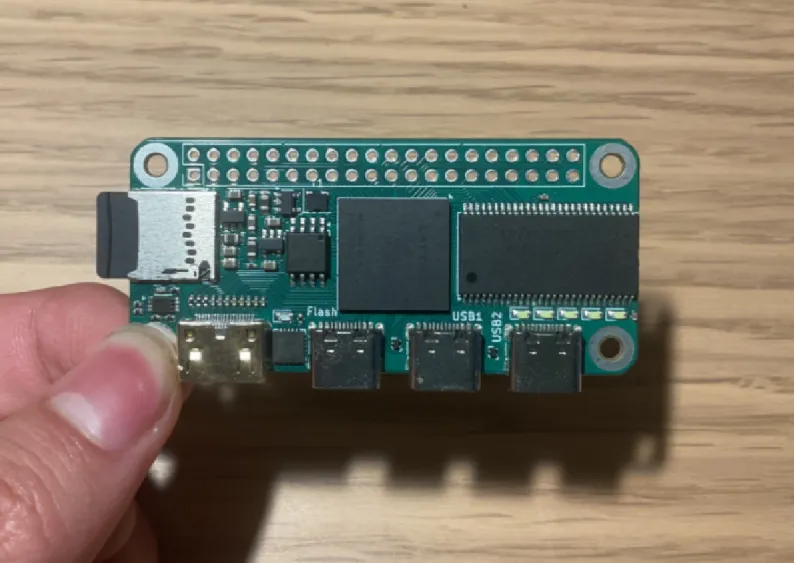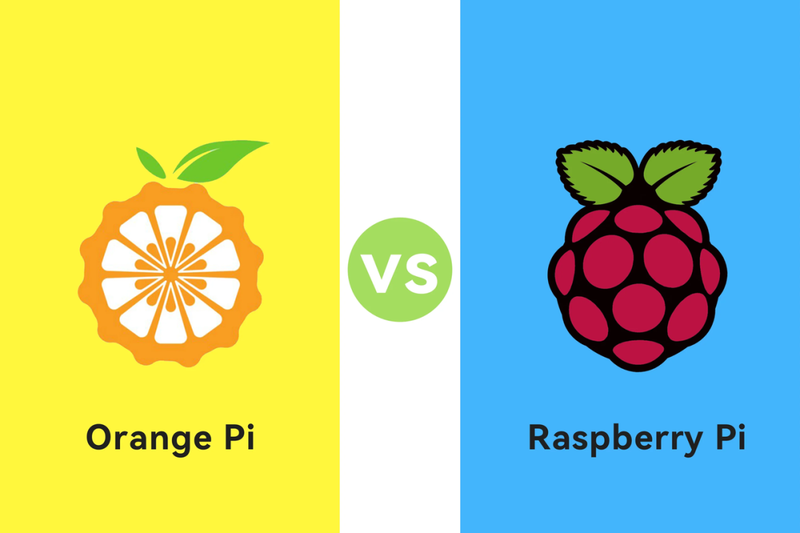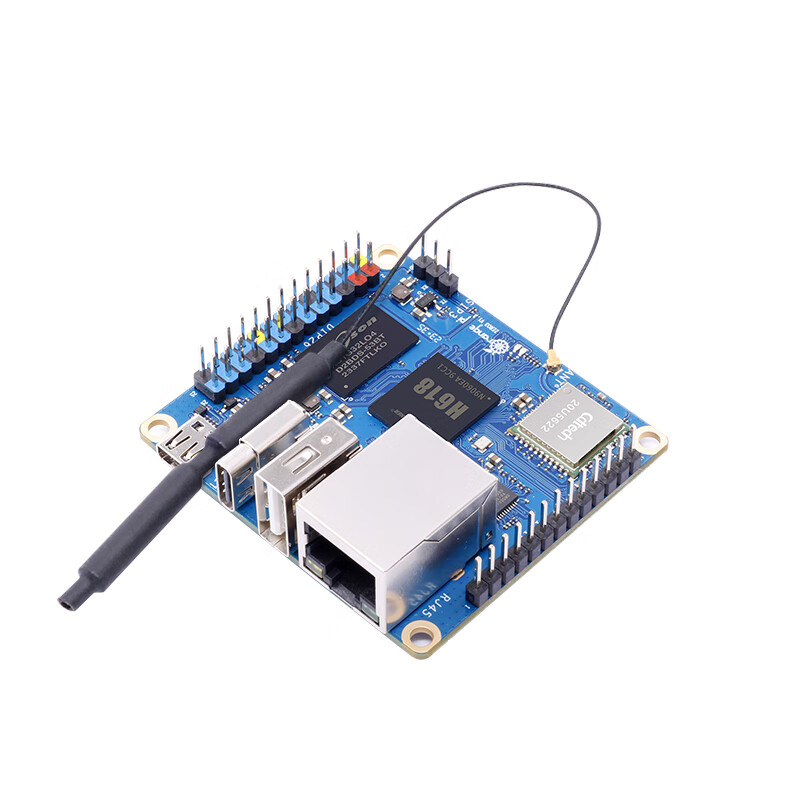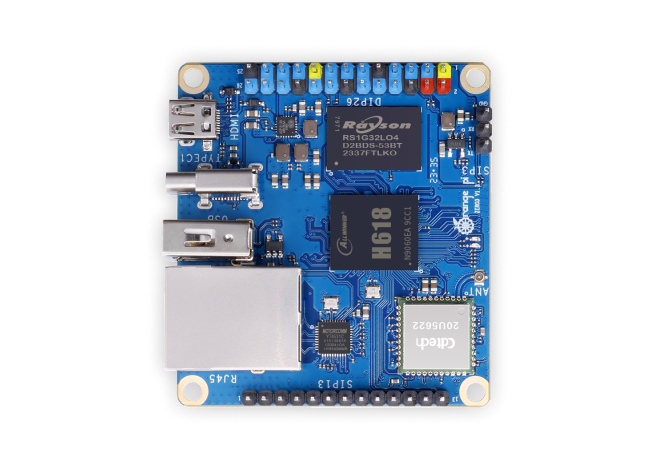A temp.marerature sensor circuit diagram is a visual representation of the components and connections used to measure temperature. It plays a crucial role in various applications, from simple home appliances to complex industrial systems. Understanding how to read and create these diagrams is essential for anyone working with electronics. This article will delve into the basics of temperature sensor circuits, explore different types of sensors, and provide a detailed example of a circuit diagram.
What is a Temperature Sensor?
A temperature sensor is a device that detects and measures temperature. There are several types of temperature sensors, each with its own advantages and disadvantages. The most common types include:
Thermistors: These are temperature-sensitive resistors. They can be either NTC (Negative Temperature Coefficient) or PTC (Positive Temperature Coefficient). NTC thermistors are more commonly used due to their high sensitivity and stability.
RTDs (Resistance Temperature Detectors): These sensors use the principle that the resistance of a metal increases with temperature. They are highly accurate and stable but can be more expensive than thermistors.
Thermocouples: These consist of two different metals joined at one end. When the junction is heated, it produces a voltage that can be measured to determine the temperature. Thermocouples are durable and suitable for extreme temperatures but require calibration.
Basic Components of a Temperature Sensor Circuit
Regardless of the type of sensor used, a basic temperature sensor circuit typically includes the following components:
- Sensor: The component that detects the temperature change.
- Microcontroller or Analog-to-Digital Converter (ADC): Converts the analog signal from the sensor into a digital format that can be processed.
- Resistor(s): Used in conjunction with the sensor to form a voltage divider or other circuit configurations.
- Power Supply: Provides the necessary voltage to operate the circuit.
- Connecting Wires: To establish electrical connections between components.
Example Circuit Diagram: Using an NTC Thermistor
Let’s take a closer look at a simple circuit diagram using an NTC thermistor. This is one of the most straightforward and widely used configurations.
Circuit Diagram
Vcc (5V) ----+---- R1 (10kΩ) ----+----+---- A0 (Analog Pin)
| |
+---------------------+
| |
NTC Thermistor GND
Explanation
- Vcc (5V): This is the power supply, typically 5 volts in many microcontroller setups.
- R1 (10kΩ): A fixed resistor that forms a voltage divider with the thermistor. The value of R1 should match the resistance of the thermistor at the desired reference temperature (usually 25°C).
- NTC Thermistor: The temperature-sensing element. Its resistance decreases as the temperature increases.
- A0 (Analog Pin): The analog input pin on the microcontroller where the voltage signal is read.
- GND: Ground connection, completing the circuit.
How It Works
Voltage Divider: The thermistor and resistor R1 form a voltage divider. The voltage at the junction of R1 and the thermistor (point A0) varies with the temperature.
Analog Reading: The microcontroller reads the voltage at A0. Since the resistance of the thermistor changes with temperature, the voltage at A0 also changes.
Conversion: The analog-to-digital converter (ADC) in the microcontroller converts this voltage into a digital value that can be processed.
Calibration: To get accurate temperature readings, the circuit needs to be calibrated. This involves measuring the voltage at known temperatures and creating a lookup table or using a mathematical formula to convert the ADC value to temperature.
Calibration Example
Suppose at 25°C, the thermistor has a resistance of 10kΩ (matching R1). In this case, the voltage at A0 would be exactly half of Vcc (2.5V). If the temperature rises, the thermistor’s resistance decreases, and the voltage at A0 increases. Conversely, if the temperature drops, the voltage decreases.
To calibrate, you would measure the voltage at A0 at several known temperatures and plot these values. From this data, you can derive a formula or create a lookup table to convert ADC values to temperatures.
Applications of Temperature Sensor Circuits
Temperature sensor circuits are used in a wide range of applications, including:
Home Appliances: Thermostats, refrigerators, and ovens use temperature sensors to maintain optimal operating conditions.
Automotive: Engine management systems rely on temperature sensors to monitor coolant and oil temperatures.
Industrial Control: Manufacturing processes often require precise temperature control, which is achieved using RTDs and thermocouples.
Medical Devices: Thermometers and medical equipment use accurate temperature measurements for diagnostics and treatment.
Environmental Monitoring: Weather stations and climate control systems use temperature sensors to collect data.
Advanced Considerations
While the basic circuit described above is sufficient for many applications, there are several advanced considerations to keep in mind:
Noise Reduction: Electronic circuits can be susceptible to noise, which can affect accuracy. Using capacitors and proper shielding can help mitigate this issue.
Linearization: The relationship between resistance and temperature in thermistors is not linear. Software linearization techniques or additional components can be used to improve accuracy.
Multiplexing: In applications requiring multiple sensors, multiplexing can be used to reduce the number of ADC channels needed.
Wireless Transmission: For remote monitoring, wireless modules can be integrated into the circuit to transmit data over Bluetooth, Wi-Fi, or other protocols.
Conclusion
Understanding temperature sensor circuit diagrams is fundamental for anyone involved in electronics. By grasping the basic components and their functions, you can design and implement effective temperature sensing solutions. Whether you’re working on a simple project or a complex industrial system, the principles outlined in this article will serve as a solid foundation for your endeavors. Remember to consider calibration, noise reduction, and other advanced factors to ensure accurate and reliable temperature measurements.






